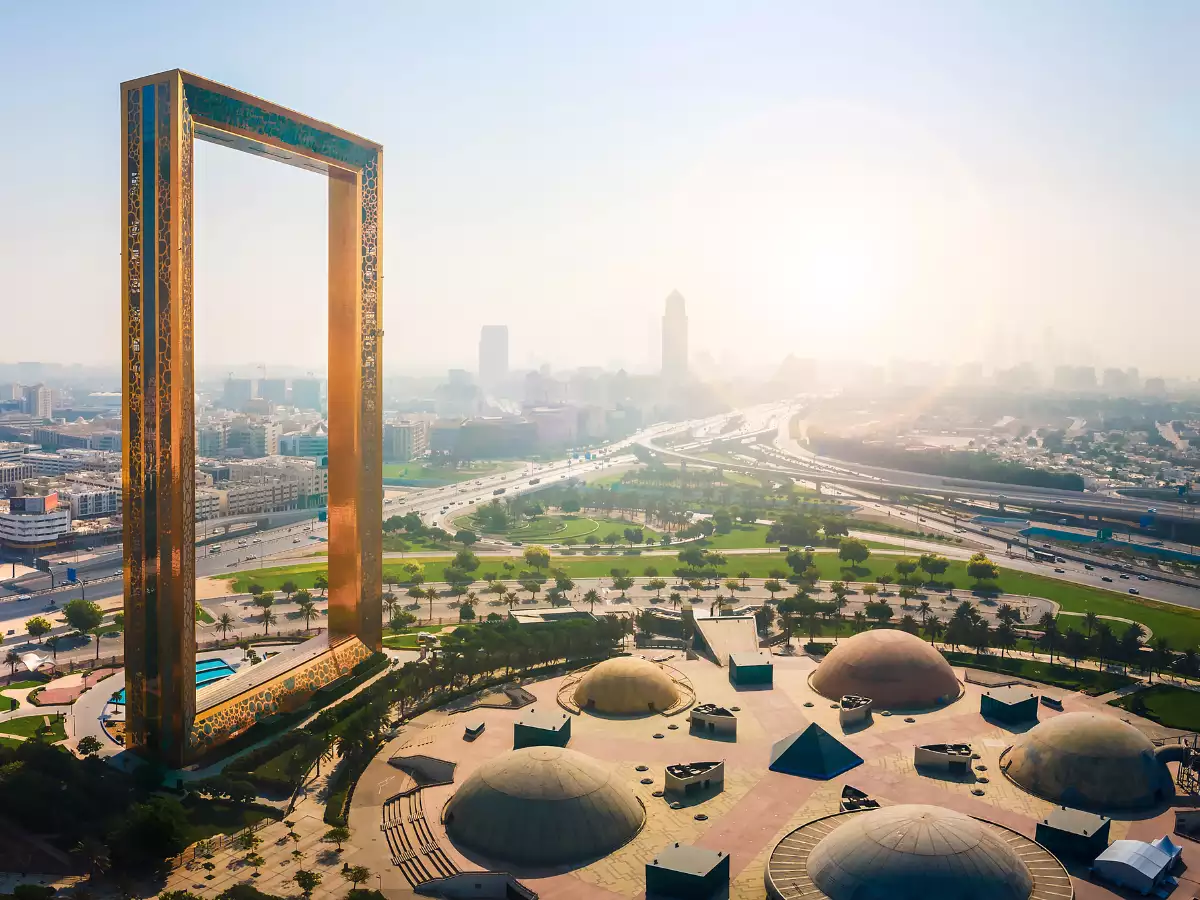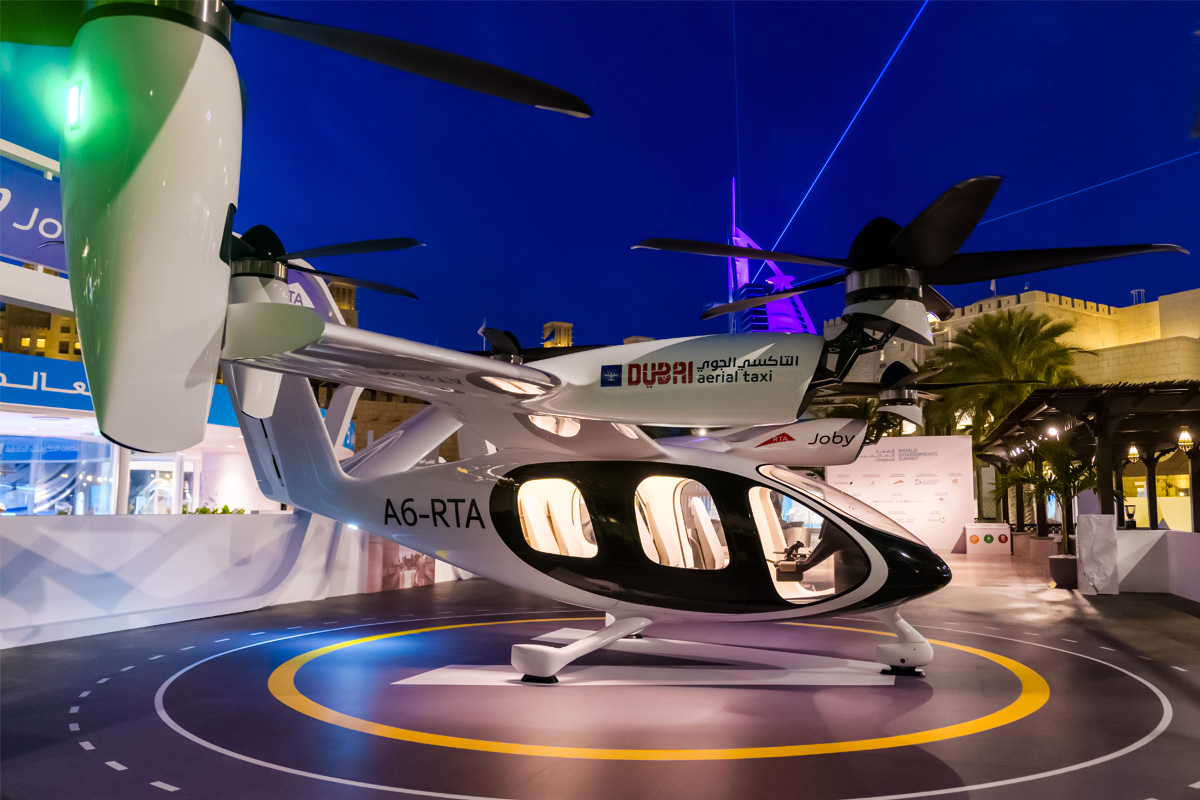Now Reading: “How Electric Air Taxis Could Change Dubai’s Environment Forever 2025”
-
01
“How Electric Air Taxis Could Change Dubai’s Environment Forever 2025”
“How Electric Air Taxis Could Change Dubai’s Environment Forever 2025”

Table of Contents
Dubai, the shining jewel of the United Arab Emirates, has always been at the forefront of futuristic transport solutions. From driverless metro systems to luxury electric vehicles, the city now aims to lead the world with another ambitious vision: electric air taxis. These flying vehicles are not only designed to reduce traffic jams but also to support Dubai’s bold environmental goals.
But what does this exciting new technology mean for the environment? Will electric air taxis help or hurt the planet? Let’s explore the environmental impact of these flying cars as Dubai prepares to make them part of its future transport plans.
What Are Electric Air Taxis?

Electric air taxis are small, battery-powered aircraft that can take off and land vertically, similar to helicopters. Often called eVTOLs (electric Vertical Take-Off and Landing vehicles), these flying taxis are designed to carry passengers over short to medium distances, mainly within cities.
Dubai’s Roads and Transport Authority (RTA) has partnered with leading companies such as Joby Aviation and Volocopter to make this dream come true. The city plans to introduce air taxi services for public use as early as 2026. These taxis will fly between major transport hubs, shopping districts, and airports, promising faster, more efficient travel.
The Green Promise of Electric Air Taxis

1. Reduced Carbon Emissions
One of the biggest environmental benefits of electric air taxis is that they run on electricity rather than fossil fuels. This means zero direct emissions when in operation. Traditional helicopters and airplanes burn large amounts of jet fuel, releasing harmful carbon dioxide (CO₂) and other pollutants into the atmosphere.
If Dubai powers these air taxis using clean, renewable energy—such as solar, which the UAE is heavily investing in—the environmental impact will be minimal compared to current transport methods.
2. Less Road Traffic, Lower Pollution
Dubai’s roads are famous for their luxury cars and heavy traffic, especially during peak hours. Air taxis could ease this pressure by moving some passengers off the roads and into the air. Less road traffic means lower emissions from petrol and diesel cars, reducing air pollution levels in the city.
With fewer vehicles on the streets, there will also be less noise pollution and tire or brake dust pollution, both of which harm human health and the environment.
3. Energy Efficiency
Electric air taxis are designed to be lightweight and use energy efficiently. Advanced battery technology allows these vehicles to fly short urban distances using less power than helicopters. Companies like Volocopter claim their vehicles produce 80-90% fewer emissions per passenger-kilometer than traditional helicopters.
However, energy efficiency will depend on the source of electricity. If Dubai continues expanding its solar farms, the city can ensure that the power charging these air taxis is green.
Potential Environmental Challenges
While electric air taxis promise great environmental benefits, they also bring certain challenges that must be carefully managed.
1. Battery Production Impact
The lithium-ion batteries used in these taxis require rare minerals such as lithium, cobalt, and nickel. Mining and processing these materials can damage ecosystems and consume large amounts of water and energy. If battery production isn’t made sustainable, the overall green benefits of air taxis could be reduced.
2. Noise Pollution in the Skies
While quieter than helicopters, electric air taxis will still produce sound, especially during take-off and landing. In a city like Dubai, known for its tall buildings and densely packed areas, this noise could become a problem if not carefully regulated.
Urban flight paths and altitude control will need to be planned to minimize disturbance to residents, wildlife, and businesses.
3. Energy Source Matters
If the electricity used to charge air taxis comes from fossil fuel-based power plants, then indirect emissions will still occur. Dubai must ensure that its expanding solar and clean energy infrastructure powers these taxis to maintain their low carbon footprint.
Dubai’s Sustainability Goals and Air Taxi Plans
Dubai has set clear environmental targets under its Dubai Clean Energy Strategy 2050, aiming to produce 75% of its energy from clean sources by 2050. Electric air taxis fit perfectly into this vision of a greener, more sustainable city.
In addition to reducing road congestion and pollution, Dubai also wants to position itself as a global leader in green technology and smart transportation. Air taxis could attract eco-conscious tourists, investors, and businesses, boosting the city’s economy while lowering its environmental impact.
Expert Opinions on the Future Impact
Dr. Ahmed Al Jaber, UAE Minister of Industry and Advanced Technology, recently said,
“Electric air taxis can be part of our solution to reduce carbon emissions while keeping Dubai at the cutting edge of innovation.”
Environmental experts have also pointed out that proper regulations and clean energy policies will be key. Without them, the environmental promises of air taxis might remain only on paper.
Conclusion: Flying Toward a Greener Future?
Electric air taxis in Dubai represent both hope and challenge. They promise cleaner air, lower carbon emissions, and reduced road traffic. But they also pose environmental risks related to battery production, noise pollution, and energy sourcing.
If Dubai can meet these challenges with smart planning, renewable energy, and responsible production methods, the city may well become the world’s first eco-friendly flying transport hub.
The sky is no longer the limit—it may just be the solution to building a greener, smarter city.
Read More:- Shobha Realty Launches Its Most Luxurious Project Yet—Full Details Inside 2025





















